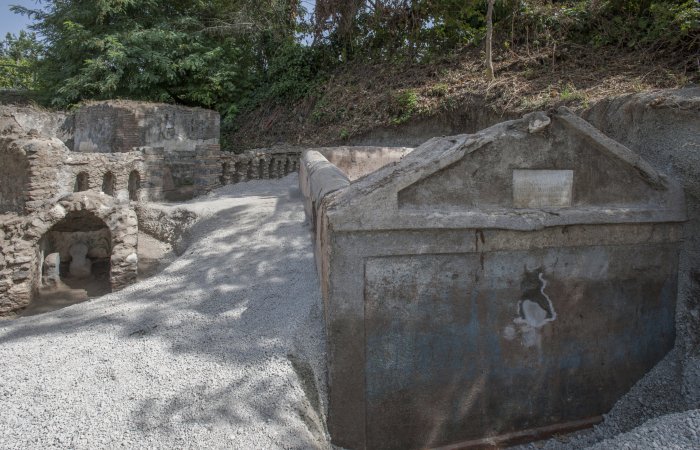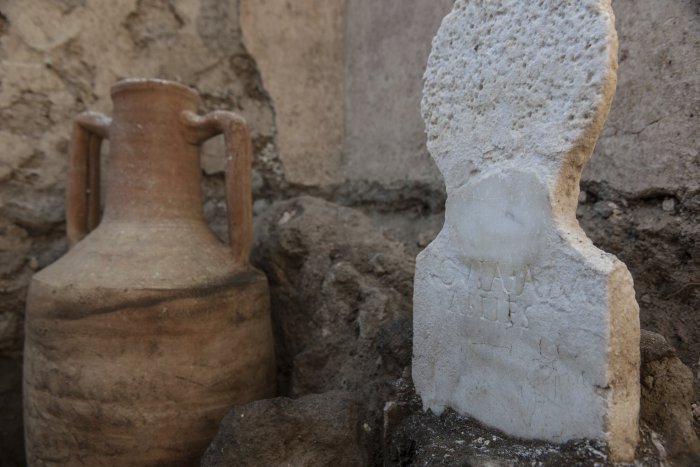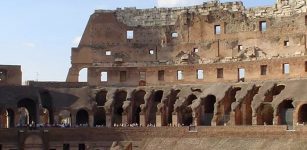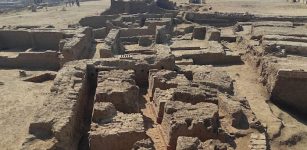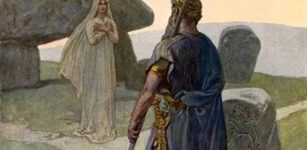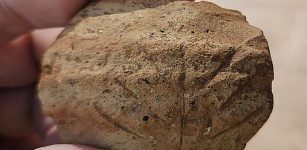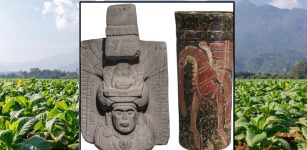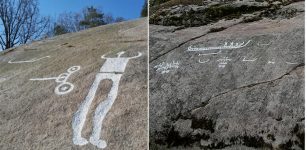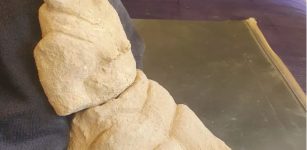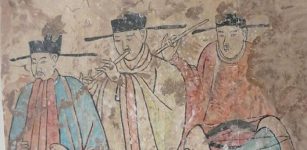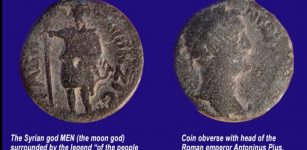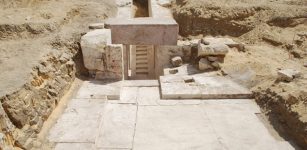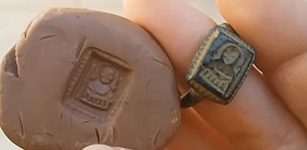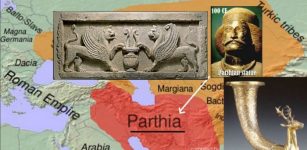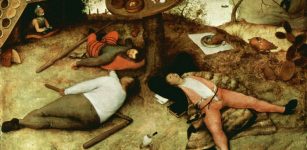Unusual And Well-Preserved Skeleton Discovered In Ancient Pompeii Sheds New Light On The Cultural Life Of The City
Jan Bartek- AncientPages.com - Archaeologists have discovered an unusual and well-preserved skeleton of a man in the ancient city of Pompeii. The find was made during excavations of a tomb that also shed light on the city's cultural life before a volcanic eruption in AD 79 destroyed it.
The tomb of Marcus Venerius Secundio located in the necropolis of Porta Sarno. Credit: Alfio Giannotti/Pompeii Archeological Park via AP
At the time of the eruption, Pompeii was one of the largest volcanic explosions in recorded history. Historical records show the population of Pompeii and Herculaneum was over 20,000. Until now, the remains of over 1,500 people have been found at Pompeii and Herculaneum.
In the last years, archaeologists have made many discoveries that offer insight into the daily life of people living in Pompeii.
Some months ago, a large ceremonial chariot with four wheels was found in Pompeii. The ancient chariot was announced an exceptional discovery that has no parallel in Italy.
The discovery of a remarkably well-preserved thermopolium with frescoes, food, and jars gave scientists an excellent opportunity to study ancient eating habits.
The recent archaeological discovery is important because scientists can now confirm for the first time ever that Greek, the language of culture in the Mediterranean, was used alongside Latin.
Some of the findings in the necropolis of Porta Sarno. Credit: Alfio Giannotti/Pompeii Archeological Park via AP
In the tomb in the necropolis of Porta Sarno, an area not yet open to the public, archaeologists found a skull bearing tufts of white hair and part of an ear, as well as bones and fabric fragments. It is an unusual find since most adults were cremated at the time.
"An inscription of the tomb suggested that its owner, a freed slave named Marcus Venerius Secundio, helped organize performances in Greek in Pompeii," the AFP reports.
"That performances in Greek were organized is evidence of the lively and open cultural climate which characterized ancient Pompeii," the director of the Archaeological Park of Pompeii, Gabriel Zuchtriegel, said in a statement announcing the discovery.
In an interview with The Associated Press, Zuchtriegel said Marcus Venerius clearly had been able to make a living for himself after he was freed as a slave, given the "monumental" size of his burial tomb. "He didn't become super rich, but certainly he reached a considerable level of wealth," Zuchtriegel said.
See also: More Archaeology News
The Porta Sarno Necropolis in Pompeii gives scientists an exceptional opportunity to investigate Roman society from a different perspective. Studies of the ancient necropolis focus on the organization of the monuments, tombs, roads, walls, burials, and ustrina. The results provide a better understanding of how the funerary space was managed and how it evolved with respect to urbanism, legislation, religion, and the city's history.
Written by Jan Bartek - AncientPages.com Staff Writer

